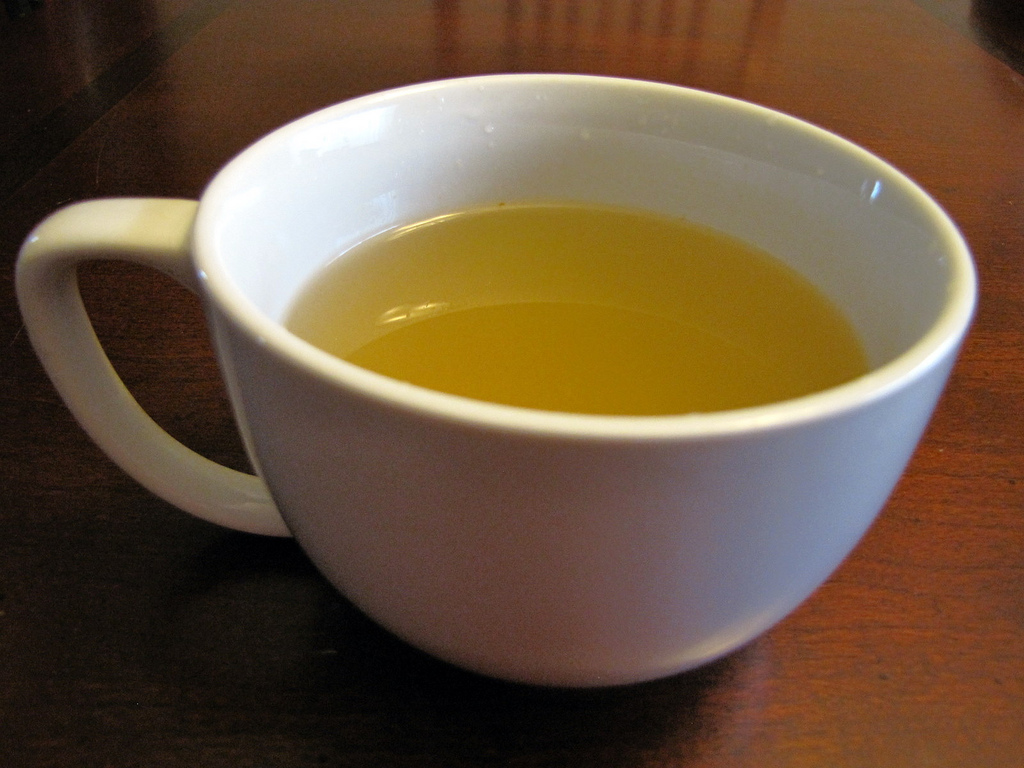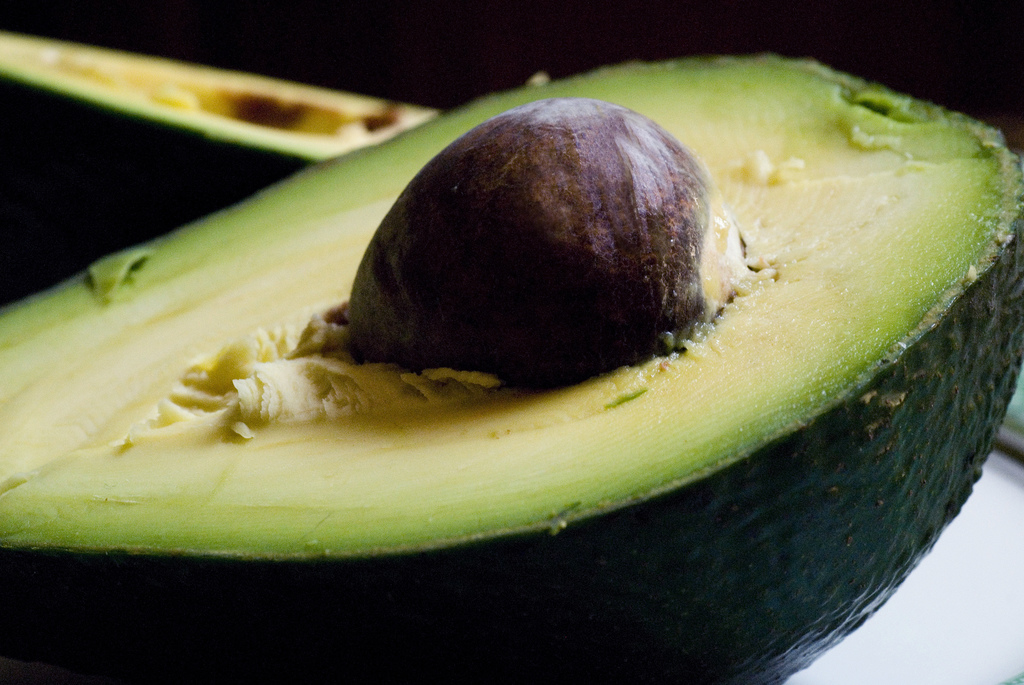This weekend I had the pleasure of teaching an Immunity Boosting Through Food class at the amazing Herb Shoppe Pharmacy on Mississippi Ave here in Portland. Valerie Roth, another Certified Holistic Nutritionist, and I taught 7 women how to make potassium broth, fire cider and an immunity boosting tea. There was lots of chopping and tasting and discussion during the two hours of learning.
I was responsible for teaching the section on Potassium Broth, an amazing elixir to nourish your immune system. Potassium broth is an easy method for increasing the potassium in your diet. It can be used as a daily tonic to prevent cold and flus during the winter or if someone has already become sick, you can use it to nourish them back to health. It is a great recovery drink after strenuous exercise, child birth or a bout with a stomach virus.
Potassium, calcium, magnesium, sodium and chloride are all necessary electrolytes. Potassium and sodium perform many of the same body functions, such as muscle contraction and fluid balance. However, they usually work in opposite directions. For example, sodium draws fluid out of the cells, increasing blood pressure, while potassium draws fluid into the cells, decreasing blood pressure. These two minerals work together to balance fluid in your body. Sodium intake can affect potassium excretion from the body, and conversely, potassium intake can affect sodium excretion. An increased intake of one mineral will result in an increased excretion of the other mineral.
Your body needs both potassium and sodium to function properly. As long as you consume adequate quantities of each mineral, your body should be able to balance them according to your needs. Unfortunately, the Standard American Diet, with its heavy reliance on processed, over salted food, leads to potassium deficiencies for many Americans. The recommended intake of sodium is 2,300 milligrams per day, which is generally very easy to achieve with the average Western diet. Unfortunately, this high intake of sodium can effect your bodies potassium levels. Your body can’t make potassium, so it must be obtained from foods like greens, lentils, lima beans, prunes, sweet potatoes, mushrooms, carrots, parsley, russet potatoes, avocados and soy beans. Your body needs almost 5 grams of potassium a grams per day to function properly. Along with the electrolytes sodium and calcium, potassium helps your body regulate your heart rhythm, blood pressure, water balance, digestion, nerve impulses, muscle contractions and pH balance. A deficiency in potassium can cause muscle weakness, muscle twitching, high blood pressure and cramping.
Ingredients
- Peels of 6 russet potatoes
- 4 celery stalks
- 1/2 bunch parsley, cilantro, oregano, thyme or sage (you can choose your flavor or use a combination)
- 2 medium carrots
- 5 toes of garlic
- ¼ pound of mixed mushrooms (shitake, reishi, emoki or oyster are best)
- 1 bunch dark leafy greens (kale, collards, chard)
- 1/4 stick of kombu
- 8-10 c of filtered water
- ginger root, 3 1-inch slices
Instructions
- Bring water to a boil in a large covered pot.
- While water heats up, gently wash vegetables. (Hard scrubbing removes minerals found in the vegetables' skins).
- Peel potatoes to a depth of 1/8 inch.
- Save potato bodies for other use, or discard them.
- Roughly chop other vegetables.
- When water boils, put all ingredients except potato bodies and green herbs into the water.
- Be sure the water covers the vegetables by at least an inch.
- Bring broth to a boil, with the lid on, then turn down to simmer.
- Cook covered for at least 30 minutes.
- Add parsley or other green herbs using and allow to cook another 5-10 minutes.
- Turn off heat.
- Allow to cool and then strain out vegetable solids.
- Store broth in canning jars in the fridge.
- You can freeze leftover broth for later use.
Potassium broth is a very versatile food. Since so many vegetables are such a good source of potassium, there are many options and flavor profiles you can try to achieve the taste you want. Don’t be afraid to experiment to see what tastes best for you. Also, to create a hardy soup, you can puree the vegetable solids in the liquid instead of discarding them and then eat it as a meal.
The broth also can be used for many different purposes. I have used it to cook hot mixed grain cereal in the morning, to cook rice, beans, lentils and other grains, as a base for soups or stews and to cook vegetables. I sometimes even drink it by itself after a hard work out for hydration. The possibilities are endless.
Enjoy-
Shared on Urban Naturale.
Cup photo by Jasleen Kaur on flickr.



